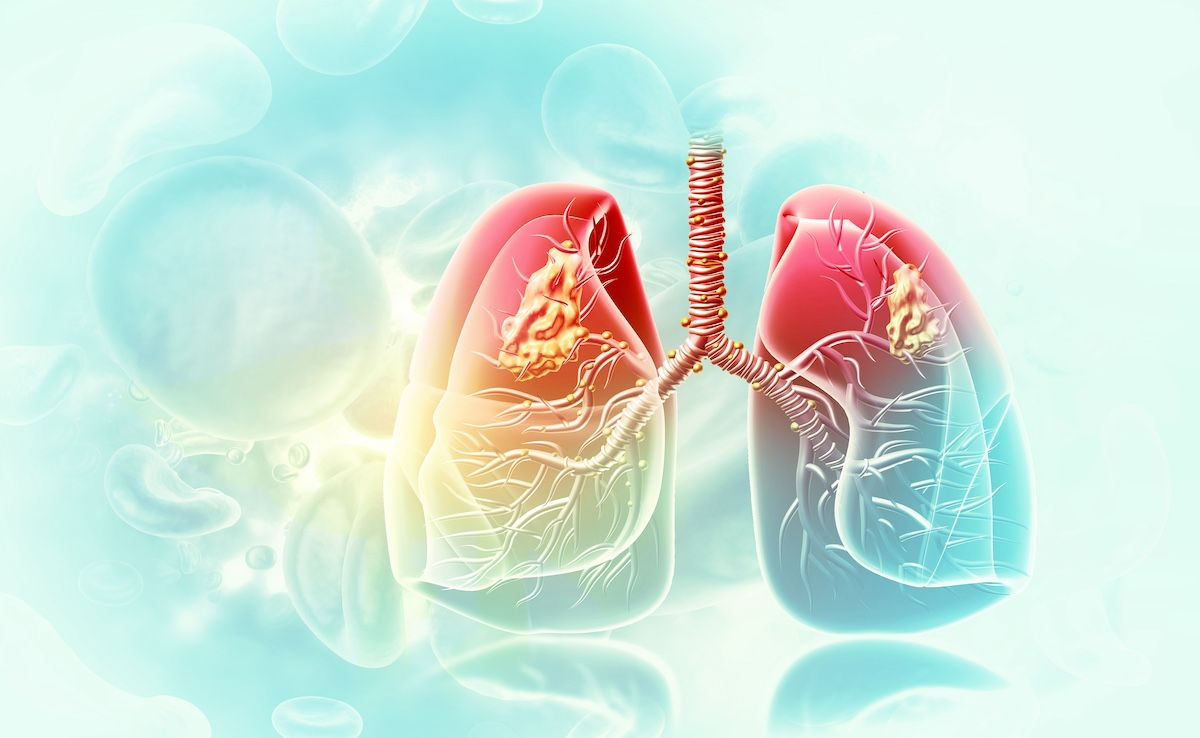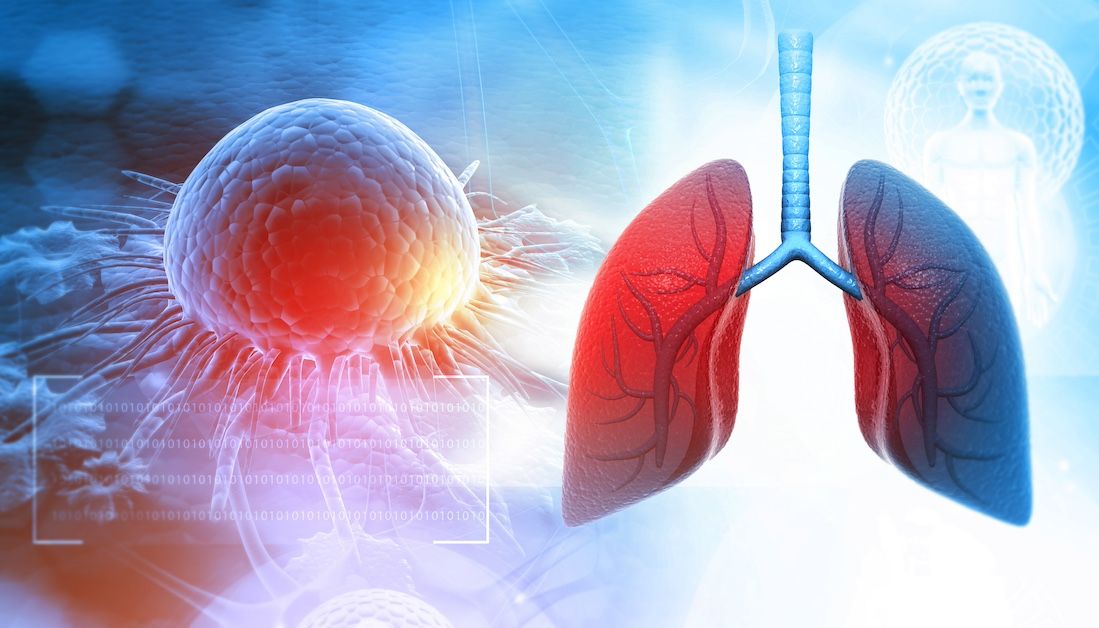Article
Excess Body Fat Linked With Increased Risk of Radiation Pneumonitis in NSCLC
Author(s):
Findings suggest measuring excess weight in patients may help predict the development of radiation pneumonitis.
Research published in Cancer Diagnosis & Prognosis shows high visceral adipose mass is associated with grade 2 or higher radiation pneumonitis (RP) in patients with non–small cell lung cancer (NSCLC) undergoing preoperative concurrent chemoradiotherapy (CCRT).
RP is a serious adverse event of CCRT, and previous studies have indicated “visceral adipose expansion is related to the secretion of inflammatory cytokines such as interleukin-6 (IL-6), which is involved in RP development,” the authors wrote. In addition, skeletal mass depletion is associated with poor cancer-related prognosis and obesity has been linked with cancer incidence.
To better elucidate the relationship between muscle and adipose mass, and RP incidence among patients with NSCLC, researchers assessed CT and medical records data from 94 patients.
All individuals included in the analysis underwent preoperative CCRT and subsequent surgery between January 2004 and March 2018 at a single hospital in Japan. Skeletal muscle index (SMI), psoas muscle index (PMI), visceral adipose tissue index (VAI), and subcutaneous adipose tissue index (SAI) were all ascertained, while Common Toxicity Criteria for Adverse Events version 4.0.3 was used to determine RP grade.
Of the 94 patients assessed, 28 developed grade 2 or higher RP, with a median period of 12.43 (range, 7.71-60.86) weeks between CCRT start and RP onset.
Analyses revealed:
- Only VAI was associated with grade 2 or more RP (all P = .026)
- 6-month incidence rate of grade 2 or more RP was 27.7% (95% CI, 18.0%-36.2%)
- Grade 2 or more RP incidence rates at 6 months were 21.4% (range, 9.9%-31.5%) and 36.8% (range, 19.5%-50.5%) in patients with VAI 39 cm2/m2 and ≥ 39 cm2/m2, respectively
- Of 28 patients with grade 2 or more RP, 4 experienced RP before surgery
- Median VAI was 34.03 cm2/m2 and 51.26 cm2/m2 in those who developed grade 2 or more RP prior to and after surgery, respectively
To the authors knowledge, this is the first study to reveal an association between visceral adipose mass and RP incidence.
When a patient has obesity, their adipose tissue becomes dysfunctional, promoting the formation of an inflammatory environment, the researchers explained. “The excessive production of inflammatory adipocytokines, such as tumor necrosis factor-alpha and IL6, leads to a mild state of chronic inflammation,” they added.
The lack of association seen between SAI and RP could be due to the fact that omental fat produces IL-6 at levels 2 or 3 times greater than those produced by subcutaneous adipose tissue. Findings also suggest the sole use of body mass index for obesity assessment may be inadequate.
The study’s retrospective design and lack of data on inflammatory adipocytokine levels mark limitations.
Overall, “measuring visceral adipose mass may help predict RP development,” but “further studies on the relationship between visceral adipose mass and RP are needed,” the authors concluded.
Reference
Katsui K, Ogata T, Sugiyama S, et al. Visceral adipose mass and radiation pneumonitis after concurrent chemoradiotherapy in patients with non-small cell lung cancer. Cancer Diagn Progn. 2021;1(2):61-67. doi:10.21873/cdp.10009

Insufficient Data, Disparities Plague Lung Cancer Risk Factor Documentation



